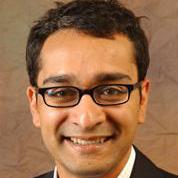The Indian Health Insurance Experiment
In 2008, India initiated one of the largest publicly-funded health insurance schemes in the world, Rastriya Swasthya Bima Yojana (RSBY), which focused on inpatient care. Its aim was to provide coverage for hospitalisation to Below Poverty Line (BPL) households. Insurance can affect health by increasing healthcare utilisation and increasing “peace of mind”; it can impact finances by lowering the cost of care and by allowing households greater flexibility in configuring their financial portfolios. Previous studies of insurance in India have yielded mixed results and few prior studies—but no RCTs—have examined the long-term impacts of insurance anywhere, and no long-term studies exist in the Indian context.
At a macroeconomic level, human capital, especially health human capital, is critical to the economic development of countries. Moreover, at a microeconomic level, 150 million people face financial catastrophe worldwide due to medical spending (Shahrawat & Rao, 2012). In response to these two factors, many countries are moving to improve access to health care and reduce the private cost of health care by providing for public insurance.
The Indian Health Insurance Experiment (IHIE) is a large scale randomised control trial (RCT) that examines the impact of expanding RSBY to cover Above Poverty Line (APL) populations and estimates the health and financial impacts of health insurance in a low-income setting. The IHIE sheds light on the value of Ayushman Bharat (AB), a national health insurance scheme expanding insurance coverage covered under RSBY to 500 million Indians. The IHIE also examines different methods of providing insurance as well as program implementation of RSBY. Furthermore, because the final contours of AB have yet to be defined, the IHIE can help inform the design and rollout of AB.





